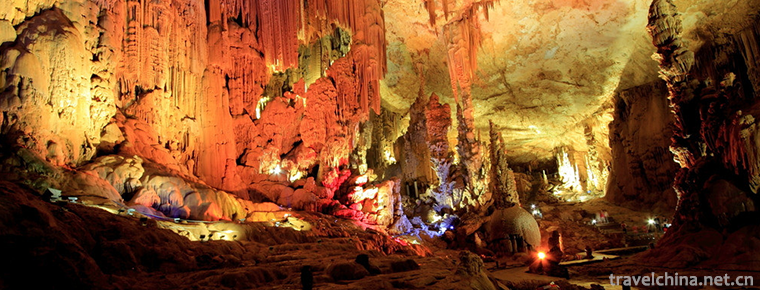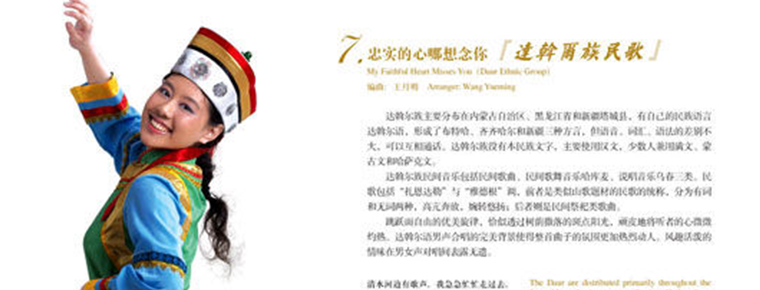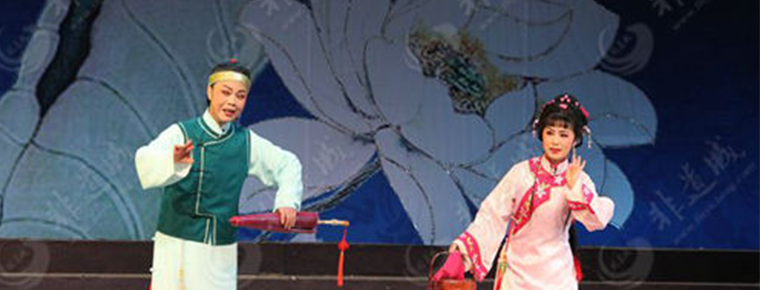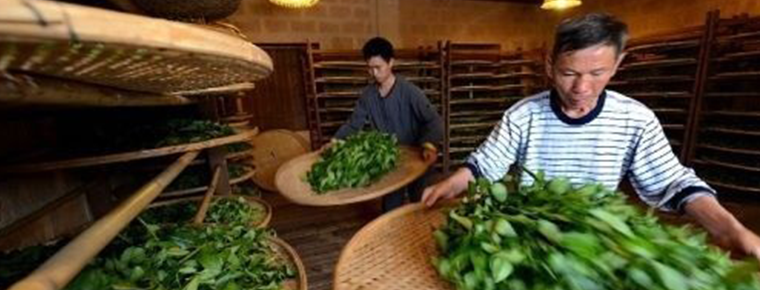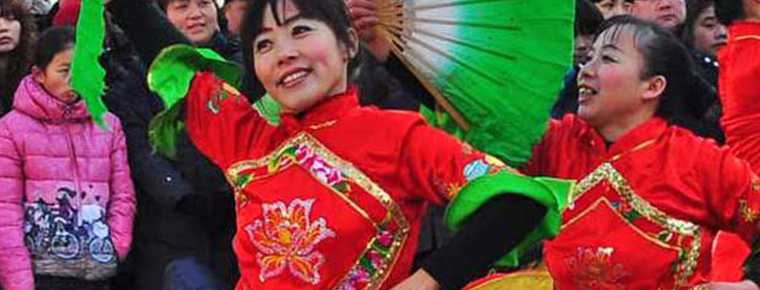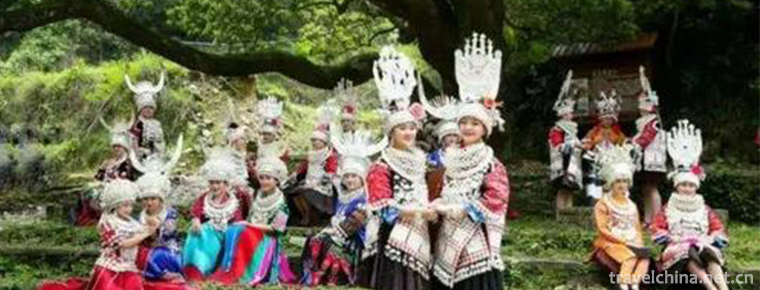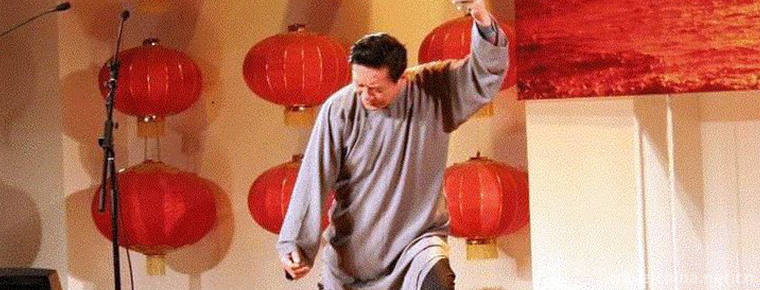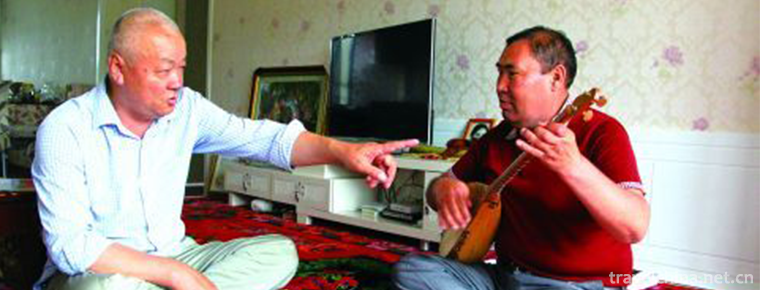Zuo Gezhuang Club
Zuo Gezhuang Club
Chongxin Village is located in Zuogezhuang, northeast of Wen'an County. Its economic prosperity and people's prosperity have become the material and cultural basis for the preservation and continuation of Chongxin Village Pole Society for hundreds of years.
On June 7, 2008, Zuo Gezhuangzhuangzhuang will be listed in the second batch of national intangible cultural heritage list with the approval of the State Council.
Introduction to the List
Dependency: Langfang Wen'an County
Category: Acrobatics and Athletics
There is no written record of when and by whom Chongxin Village Rod was founded. The only documentary evidence is a large pole retained in Chongxin Village, Zuogezhuang Town today. The bottom of the pole is inscribed with the words "Ming Yongle 13 years". This pole has a history of 580 years, which is beyond doubt.
The left poles will be different from the poles in other areas. The poles are mainly used to perform at any time and anywhere. The main technical actions include: straightening up (single-pair), stringing, folding fish with one arm, catching three knocks, turning back Ya, sleeping in circles, hanging feet (single-pair), inverted feet, tapping feet, hanging heels (single-pair), sticking sugar man, flag waving, flag waving feet, donkey rolling, Golden Chicken independence, shooting stars, single stick.
Chongxin Village Pole Club originated from acrobatic pole clubs in Yuan and Ming Dynasties, especially the technique of using live pole, which has long been lost among the people in most parts of the country.
Chongxin Village Pole Club has exquisite skills and strict ways of inheritance. It is preserved in relatively closed countryside and has the characteristics of original flavor. It has very high academic value for the study of the blending and evolution of ancient Chinese acrobatics. At the same time, the club will inherit and survive in a unique way among the people, which contains rich folk information and becomes a valuable material for the study of folk culture.
The club now has more than 100 members, including 40 actors and the youngest actor is only 12 years old. The club has a fixed special training venue, participating in the county flower festival and the town government's Spring Festival performance every year, and performing in the countryside and enterprises. In 1996, he went to Beijing to attend the Longtan Temple Fair and won the performance prize of the National Flower Competition.

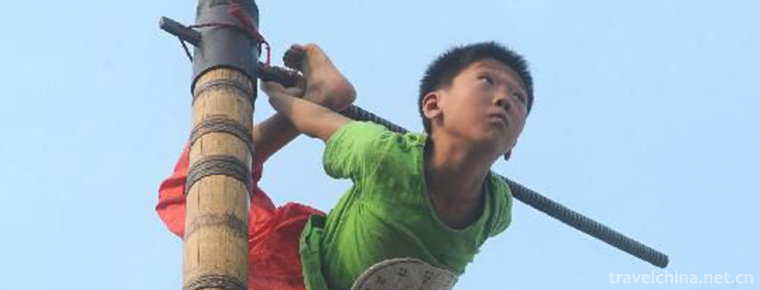
-
Yangma Island Scenic Area
National AAAA-level tourist attractions, Shandong Province "Top Ten Tourist Scenic Spots", 2008 "Tourists'Favorite Charm Scenic Spots". Located 9 kilometers north of Ninghai Town, .
Views: 142 Time 2018-12-26 -
Zhijin cave
Zhijin Cave, located in Guanzhai Miao Township, Zhijin County, Guizhou Province, is located on the South Bank of Liuchong River, one of the sources of Wujiang River, 120 kilometers away from Guiyang, .
Views: 139 Time 2019-03-18 -
Daur Folk Songs
Daur people mainly live in Inner Mongolia Autonomous Region and Heilongjiang Province, and a few live in Tacheng County, Xinjiang. Daur means "pioneer"..
Views: 284 Time 2019-04-22 -
Lake Opera
Huzhou Tanhuang, originally known as Huzhou Tanhuang, is a traditional local opera. It is mainly popular in Huzhou, Jiaxing, Yuhang and Linan of Hangzhou, Wujiang and Yixing of Jiangsu, Guangde of Anh.
Views: 119 Time 2019-05-03 -
Production Techniques of Flower Tea
Jasmine tea, also known as jasmine fragrance, is the tea and jasmine flowers to blend, bass, so that tea leaves absorb flower fragrance into tea, tea fragrance and jasmine fragrance interactively inte.
Views: 172 Time 2019-05-04 -
Jingxing spent
Jinglonglahua, a traditional dance in Jinglongxian County, Hebei Province, is one of the national intangible cultural heritage..
Views: 348 Time 2019-05-08 -
Miaos Rock planting Custom
Traditionally, the Miao people have a kind of public deliberation and legislative activities called "burying rock" (also known as "planting rock". When burying rock, they bury a re.
Views: 193 Time 2019-06-05 -
Shandong Express Book
Shandong Quick Book, originating from Shandong Province's local traditional folk art form, has a history of more than 100 years. It was first popular in Shandong, North China and Northeast China, and .
Views: 168 Time 2019-06-13 -
Toleau
The phonetic translation of "Toleau" in Kazakh means "lyric", "lyric poem", "revelation song" and "propaganda narration". It is one of the oldest form.
Views: 424 Time 2019-06-24 -
Month also
Dong people's "moon" means collective visiting, which is a social custom in Dong village. The young men and women in one village of the Dong nationality visit another village according to th.
Views: 330 Time 2019-07-16 -
Longchi National Forest Park
Longchi National Forest Park is located in Dujiangyan City, Sichuan Province. It is only 84 kilometers away from Chengdu and 30 kilometers away from Dujiangyan. It is one of the 20 key national forest parks in China..
Views: 220 Time 2020-11-05 -
Plant resources in Nanchong
There is only one kind of Metasequoia glyptostroboides introduced and cultivated in Nanchong City; there are two kinds of wild protected plants, namely, fragrant fruit tree and narrow leaf pygmy grass, and two kinds of cultivated Ginkgo biloba and Eucommia.
Views: 356 Time 2020-12-17

